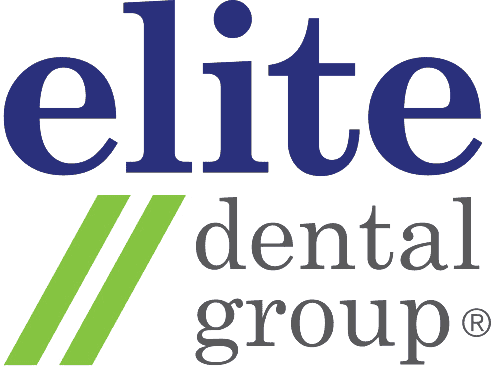22 Oct What are the Different Types of Dental Crowns?
Dental crowns are tooth shaped “caps” placed over the tooth. They are designed to help improve the tooth’s strength, size, appearance, and shape. Dental crowns will encase the tooth’s visible portion fully and are cemented into place.

When is a dental crown used?
Dental crowns are often recommended in the following scenarios:
● To protect a weak tooth so it does not break
● To hold together parts of a tooth that’s cracked
● To restore and support a tooth with a large filling
● To hold a dental bridge in place
● To cover a dental implant
● To cover a severely misshapen or discoloured tooth
● For cosmetic modification
A dental crown may also be recommended on primary or baby teeth in some cases. For instance:
● To save a tooth that has been severely damaged by tooth decay
● To protect the tooth that is at high risk for developing tooth decay
What are the different types of dental crowns?
Permanent dental crowns can be all ceramic, all metal (i.e. gold or another alloy), stainless steel, all resin, and porcelain-fused-to-metal.
Stainless steel. Stainless steel dental crowns are primarily used on permanent teeth. They are prefabricated and are used as a temporary measure. In most cases, this type of dental crowns work by protecting the tooth or filling while the permanent crown is still being made.
For children, it is often used to fit over the primary tooth. A stainless steel dental crown is also used to cover the entire tooth so further decay is avoided. Once the primary tooth comes out, the crown also comes out with it.
Generally, stainless steel crowns are often used for children’s teeth since they won’t entail several dental visits. Not only that, they are also considered more affordable compared to custom-made crowns.
Porcelain-fused-to-metal. Unlike other types, porcelain-fused-to-metal dental crowns are considered ideal for those who would like to mimic the colour of the adjacent teeth. This is because unlike others, they can be colour matched.
However, more wearing to the opposing teeth can occur with this kind of dental crown compared to other options like metal or resin. Porcelain-fused-to-metal dental crowns are also more vulnerable to chipping or breaking.
Akin to all-ceramic crowns, porcelain-fused-to-metal crowns look very identical to real teeth. In some cases, however, the metal underlying the porcelain can sometimes appear like a dark line and can be highly visible when the gum recedes.
However, porcelain-fused-to-metal dental crowns can be an ideal option for front or back teeth where metal can render the much needed stability.
Metals. Some of the metals that are used in crowns include alloys that have a high dose of gold or platinum or base-metal alloys like cobalt-chromium or nickel-chromium. This kind of dental crown is also considered strong and powerful enough to withstand biting and chewing forces. They are also seen as more durable compared to other types.
All-resin. Compared to other crown types, all-resin dental crowns are considered more affordable. However, they are also more susceptible to fractures and can wear down over time more easily.
All-ceramic or all-porcelain. For patients with metal allergies, all-ceramic or all-porcelain are considered a good option. They can also be used for both the front and the back teeth.




